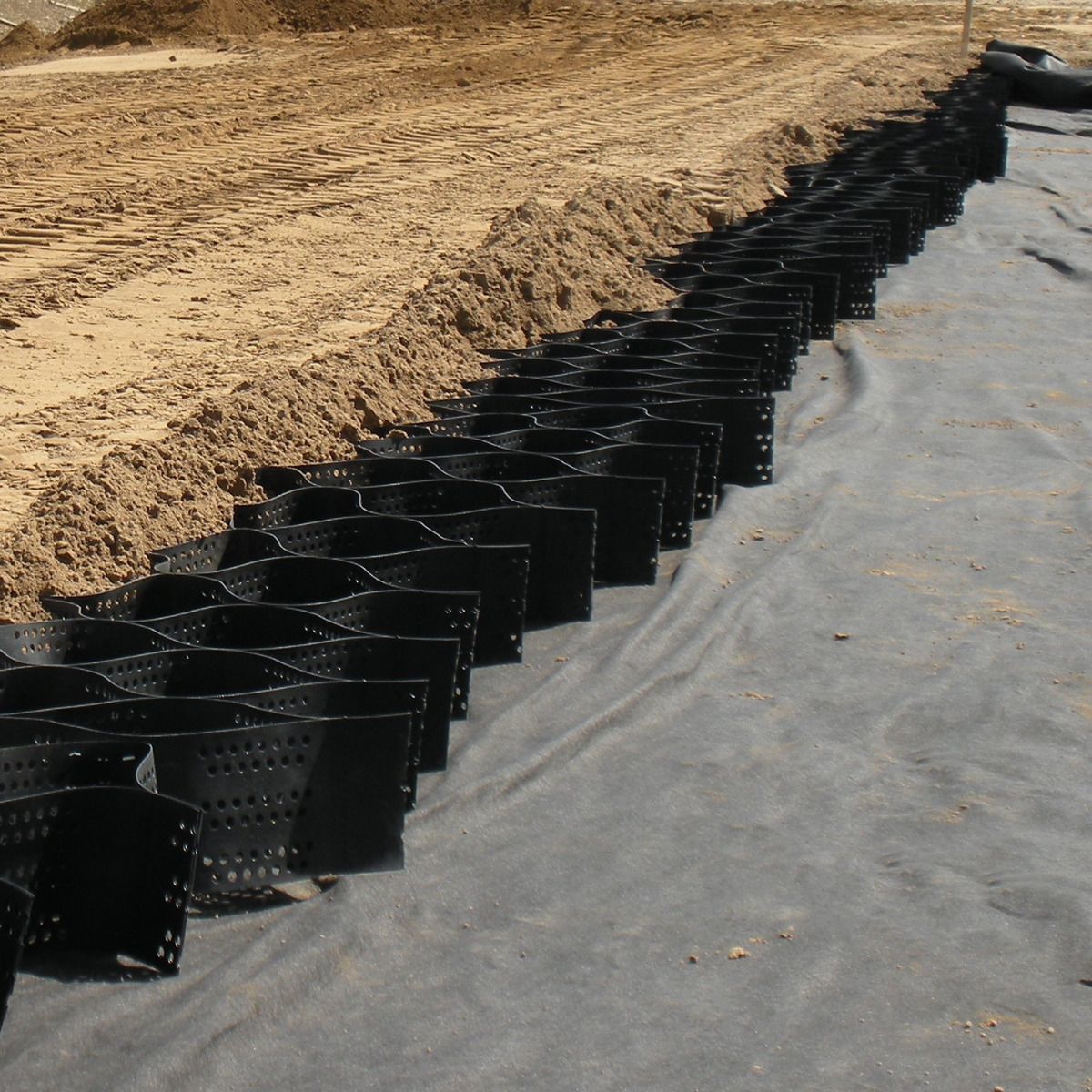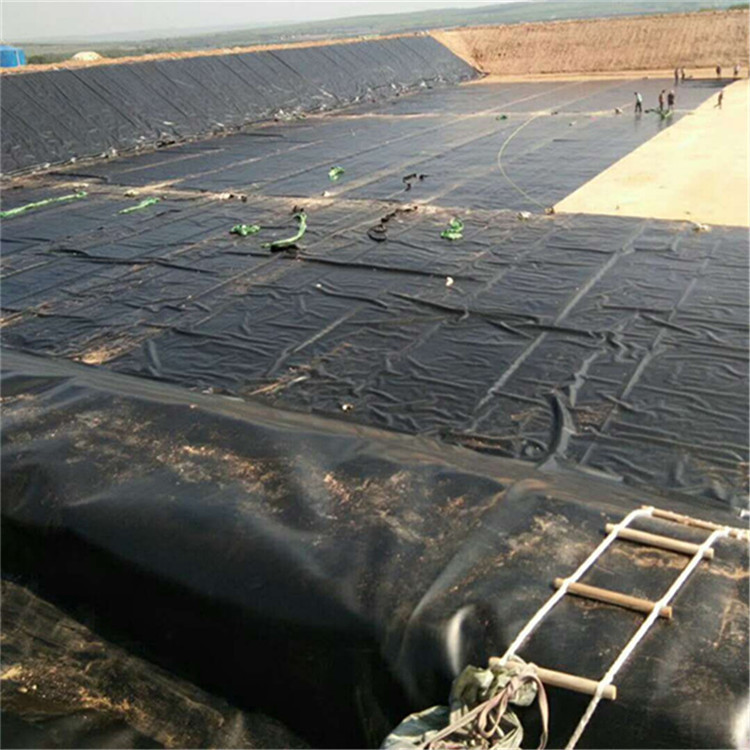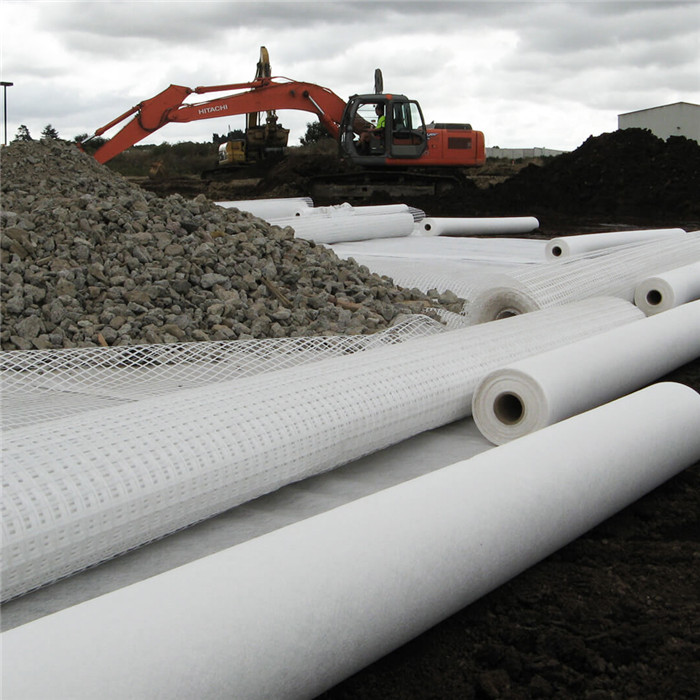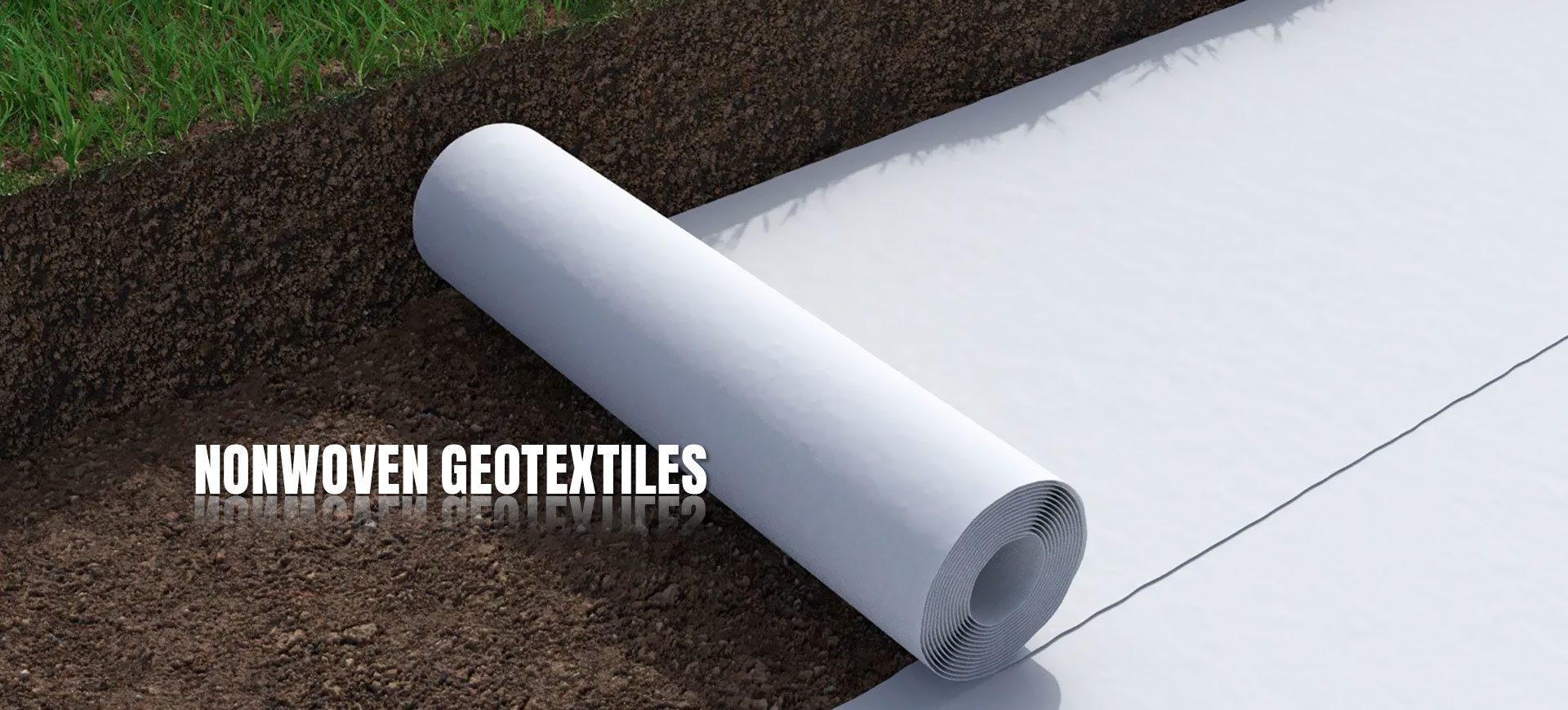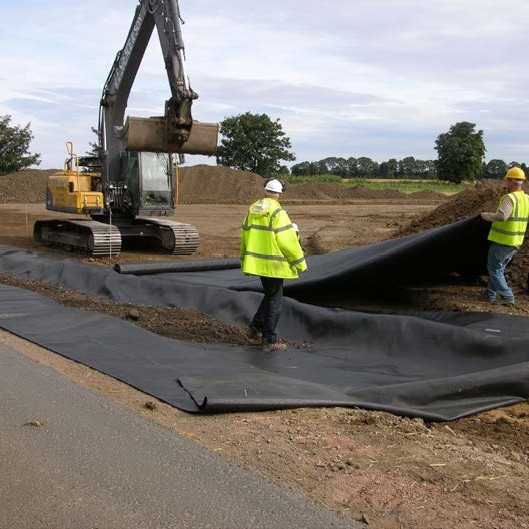Application of Geomembranes in Reservoir Waterproofing
Release time:
Oct 09,2025
Geomembranes are impermeable synthetic sheets that play a critical role in modern reservoir construction and rehabilitation. Their primary function is to create a reliable barrier that minimizes water loss through seepage and ensures water storage efficiency.
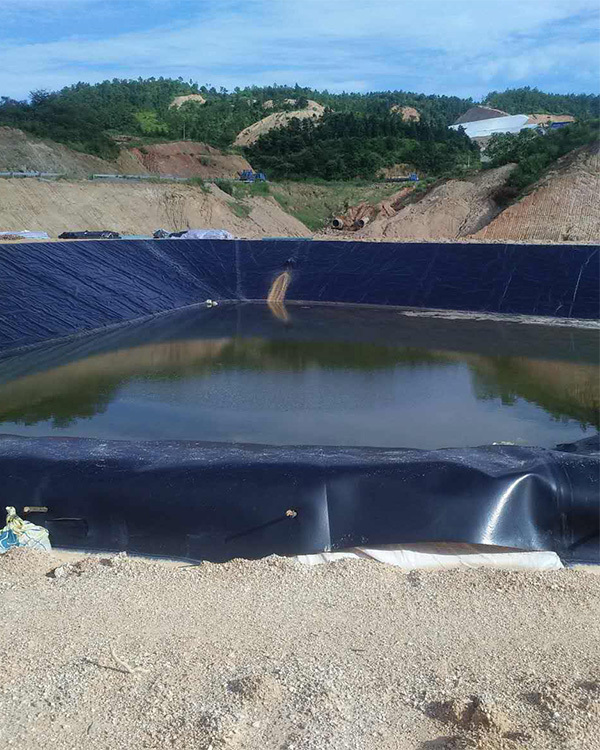
1. Primary Function: Seepage Control
The fundamental application of a geomembrane in a reservoir is to serve as a lining system. It acts as a low-permeability barrier that:
Prevents Water Loss: Significantly reduces seepage into the underlying soil and groundwater, which is crucial for water conservation, especially in arid regions.
Maintains Water Level: Ensures stable and predictable water levels for supply, irrigation, and recreational purposes.
Improves Water Quality: Isolates the stored water from contaminants in the subsoil, protecting it from pollution by salts, heavy metals, or other harmful substances.
2. Key Advantages
Excellent Impermeability: Geomembranes offer an extremely low hydraulic conductivity, making them one of the most effective seepage control solutions available.
Cost-Effectiveness: Often more economical and faster to install than traditional clay liners, especially in areas where suitable clay is not locally available.
Durability and Longevity: High-quality geomembranes (like HDPE) are highly resistant to UV radiation, chemical degradation, puncturing, and environmental stress cracking, ensuring a long service life.
Flexibility and Adaptability: They can be manufactured and installed to conform to various reservoir shapes, slopes, and foundation conditions.
Quick Installation: Large panels can be prefabricated and deployed rapidly, reducing construction time.
3. Common Applications in Reservoirs
New Reservoir Construction: Used as the primary liner for the entire basin, including the bottom and slopes.
Canal and Ditch Lining: Lining irrigation canals leading to and from the reservoir to prevent water loss during conveyance.
Dam Face Linings: Applied on the upstream face of embankment dams to create a watertight seal.
Rehabilitation of Existing Reservoirs: Used to repair and upgrade old reservoirs that are experiencing excessive seepage due to cracked concrete or inadequate clay liners. The geomembrane can be installed directly over the existing lining.
4. Material Selection
The choice of geomembrane material is critical and depends on the specific project requirements:
HDPE (High-Density Polyethylene):
The most common choice for reservoirs.
Advantages: Excellent chemical resistance, high tensile strength, superior UV and puncture resistance, and proven long-term durability.
Ideal For: Large-scale reservoirs requiring a robust, long-lasting liner.
LLDPE (Linear Low-Density Polyethylene):
Advantages: More flexible and softer than HDPE, allowing for better conformance to uneven subgrades.
Ideal For: Projects with complex terrain where high flexibility is beneficial.
fPP (flexible Polypropylene) and PVC (Polyvinyl Chloride):
Advantages: Generally more flexible than HDPE and can be easier to install in certain conditions.
Considerations: Their long-term durability and chemical resistance in exposed applications are typically lower than HDPE. They are sometimes used in smaller or temporary reservoirs.
5. System Components and Installation
A geomembrane liner is part of a composite system:
Subgrade Preparation: The soil base must be properly graded, compacted, and cleared of all sharp objects (stones, roots) to form a smooth, stable foundation.
Protection Layer (optional): A geotextile is often laid on the subgrade beneath the geomembrane to provide additional protection from punctures.
Geomembrane Installation: Sheets are deployed on the prepared subgrade and welded together on-site using specialized hot wedge or extrusion welders to create a continuous, watertight seal.
Cover Layer (optional): In many reservoirs, the geomembrane is covered with a layer of soil, sand, or gravel to protect it from UV degradation, mechanical damage, and wind uplift.
In summary, geomembranes provide a highly effective, durable, and economical solution for seepage control in reservoirs. Their use is essential for maximizing water storage efficiency, ensuring a reliable water supply, and protecting water quality. HDPE geomembrane is the industry standard for most large-scale and permanent reservoir projects due to its unmatched combination of strength, chemical resistance, and longevity.
News
Geotextiles in Reservoir Engineering: Impermeability, Filtration, and Construction
Consulting Brief: Geotextiles for Reservoir Integrity Objective: To implement a cost-effective geotextile solution for enhancing the performance and longevity of reservoir impermeable liner systems. Proposed Solution: Utilize a non-woven polypropylene geotextile as a protective and filtration layer beneath the primary HDPE geomembrane. This composite system ensures a robust and durable barrier against water seepage.
Key Advantages of Geocells for Railway Subgrade Reinforcement
Geocells, a three-dimensional cellular confinement system, offer significant advantages for stabilizing and reinforcing railway subgrades. Their unique structure provides a robust solution for challenging soil conditions.
Application of Geotextiles in Tunnel Anti-Seepage Construction
Geotextiles are widely used in tunnel engineering for their excellent anti-seepage, filtration, and drainage properties.



